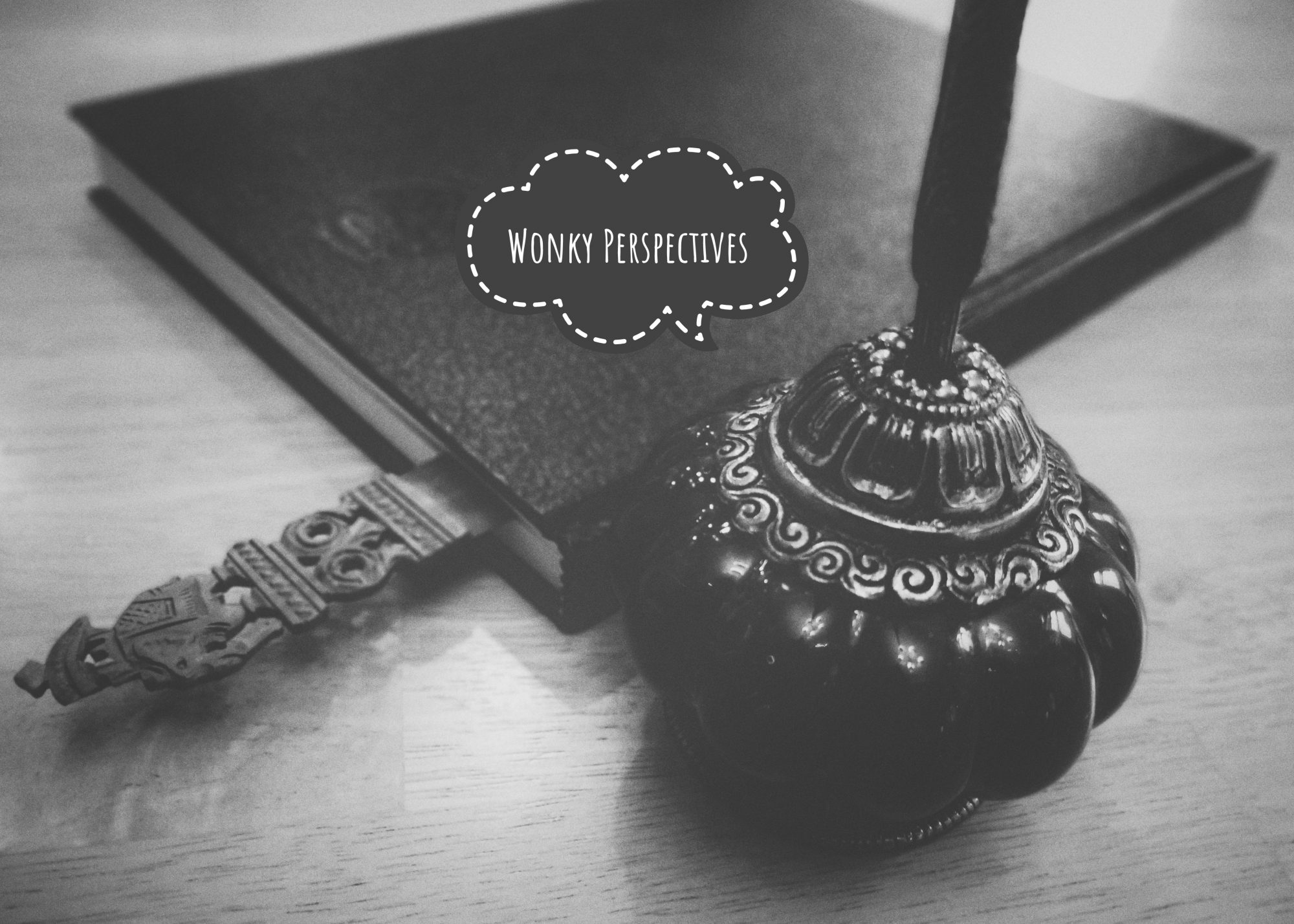WHO press release on March 9th 2020. Video (1 hr ish). Press release by Dr Tedros Adhanom Ghebreyesus.
Note: I’ve picked and chosen information that may not have been either discussed previously or that needed verification. This is not an opinion piece.
WHO has consolidated guidelines for the following four categories of coronavirus cases.
- Countries with no cases: Find more cases, test, isolate patients.
- With sporadic cases: Find more cases, test, isolate patients.
- With clusters of cases: Find more cases, test, isolate patients.
- With community transmission: Test every suspect’s contacts. Act to reduce epidemic to manageable clusters. Consider closing schools, mass gatherings, and other similar measures to reduce exposure.
In all types, the main aim is to stop transmission and prevent spread.
Other updates
- WHO has shipped personal protection equipment (PPE) to 57 countries, and lab supplies to 120 countries.
- Since Friday, South Korea, China, Azerbaijan, and Saudi-Arabia have contributed $300 million toward WHO’s efforts in reduction of coronavirus.
Dr. Tedros presented the following
- Never give up
- Let hope be the antidote to fear
- Let solidarity be the antidote to blame
- Let shared humanity be the antidote to shared threat
Pandemic criteria:
The world is closer to experiencing a pandemic. Currently over 100 countries and over 100,000 people have been affected. Technically, this is not the ‘definition’ of pandemic which includes uncontrolled transmission of contagion. However, a few weeks ago total cases were only 30,000 and fewer than ten countries were affected. Thus, it is reasonable to state that the world is closer to a coronavirus pandemic. Dr. Tedros, emphasized, “But, this would be the first pandemic in history that could be controlled.”
The wording is important. The term pandemic can cause people to become upset and give up, and simply mitigate the losses instead of attempting to control the transmission. Whereas, WHO wants to emphasize that countries use controlled measures to decrease the virus transmission, and not give up.
What does full recovery mean?
It is important to note that 70 % of the people infected in China recovered from the virus. Please realize the following
- Communal spread is possible for 2 weeks (14 days)
- Full recovery from virus takes 6 weeks
- Full recovery (dependent on individual’s medical history, other health conditions, and age), can take up to months.
If 80 % of the cases from China had “Mild to Moderate” symptoms, what does that actually mean?
- Mild: Fever, respiratory symptoms, dry cough.
- Moderate: Includes the above + mild pneumonia
- Severe: Includes the above + moderate to severe pneumonia, Oxygen masks, ventilators, ECMO systems (this is a treatment that helps oxygenate the blood externally (artificial lung), and death.

